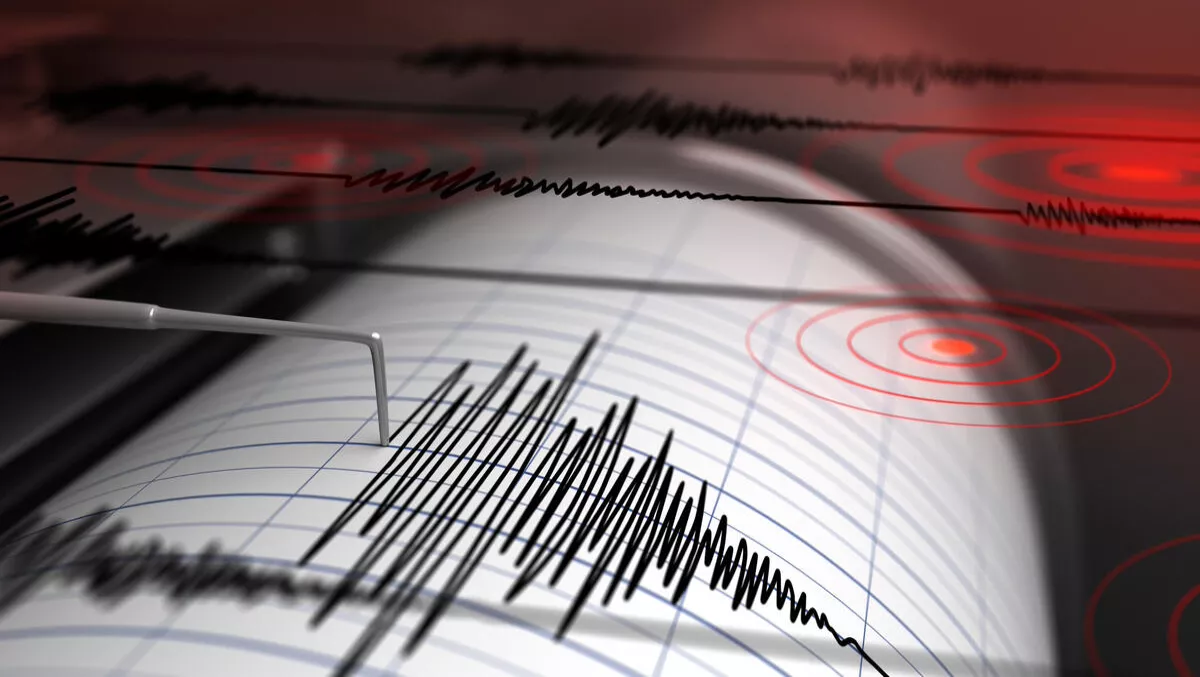
The days when disaster recovery was all about tape backup are pretty much over. Any downtime can be expensive for today's IT dependent businesses, and the cloud has slashed the cost of DR options that fulfil much shorter recovery time objectives (RTO) and recovery point objectives (RPO) than tape.
Until the cloud, the housing of infrastructure in a secondary data center for replication or backup could be cost-prohibitive for small- or medium-sized organisations. The cloud provides a secondary DR location and infrastructure with little or no up front investment and an affordable pay-as-you-go scenario. Operational costs and resources are slashed and the cloud DR provider often takes over much of disaster recovery management and maintenance.
The following are the three most common cloud DR scenarios:
Data Backup: This is the most basic form of cloud DR ̶ similar to tape backup ̶ and ensures a backup of file server data can be restored or accessed from the cloud provider data center when necessary.
Obvious considerations for this scenario are data restore performance and network latency. Backup providers offer compression, deduplication, WAN optimisation and other strategies to slash restore time, however, the physical distance between the primary and secondary sites is an important factor when considering performance.
Another option is to back up data locally for fast restore and have a secondary backup in the cloud for another layer of protection. Security and compliance are also considerations when backing up data locally and in the cloud, in terms of both user authentication and data encryption in transit and at rest. Our partners EMC and NetApp are good examples of on-premises and cloud private storage backup and recovery solutions.
Data and Application Failover: This is generally accomplished using IaaS providers, such as Datapipe but other third-party high-availability solutions are available as well. In this scenario, a second deployment of the application runs continuously in the cloud with data replicated to the cloud provider.
Alternatively, both application instances can run in the cloud and even with different cloud providers. When the main application instance fails or shuts down for maintenance, the application failover points users to the secondary site application and data.
For this scenario to work smoothly, it's usually important for hardware, software and updates to match at both sites. Bandwidth and latency are important as well, as users may have to immediately and seamlessly access the secondary data center application and data.
VM Backup: This scenario replicates entire virtual machine images, such as with VMware, to the cloud, including data. This can be used even when the primary deployment isn't virtualised and has the advantage that the hardware doesn't have to match and updates don't have to be tracked and managed as carefully at both ends.
The cloud virtual image is dormant most of the time and is only started up and accessed in the event the primary site version is unavailable.
In all of these cases it's important to consider not just the features and capabilities of the DR or IaaS provider, but connection distance, bandwidth, latency, security and cost. Tape for backup maybe fading, but slow connections may make you feel as if you're still backing up to tape.
Article by Jim Poole vice president, Ecosystem Business Development, Equinix